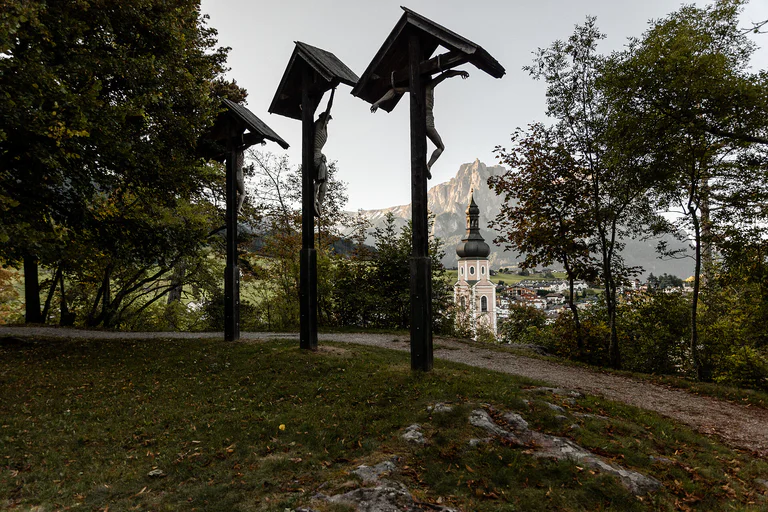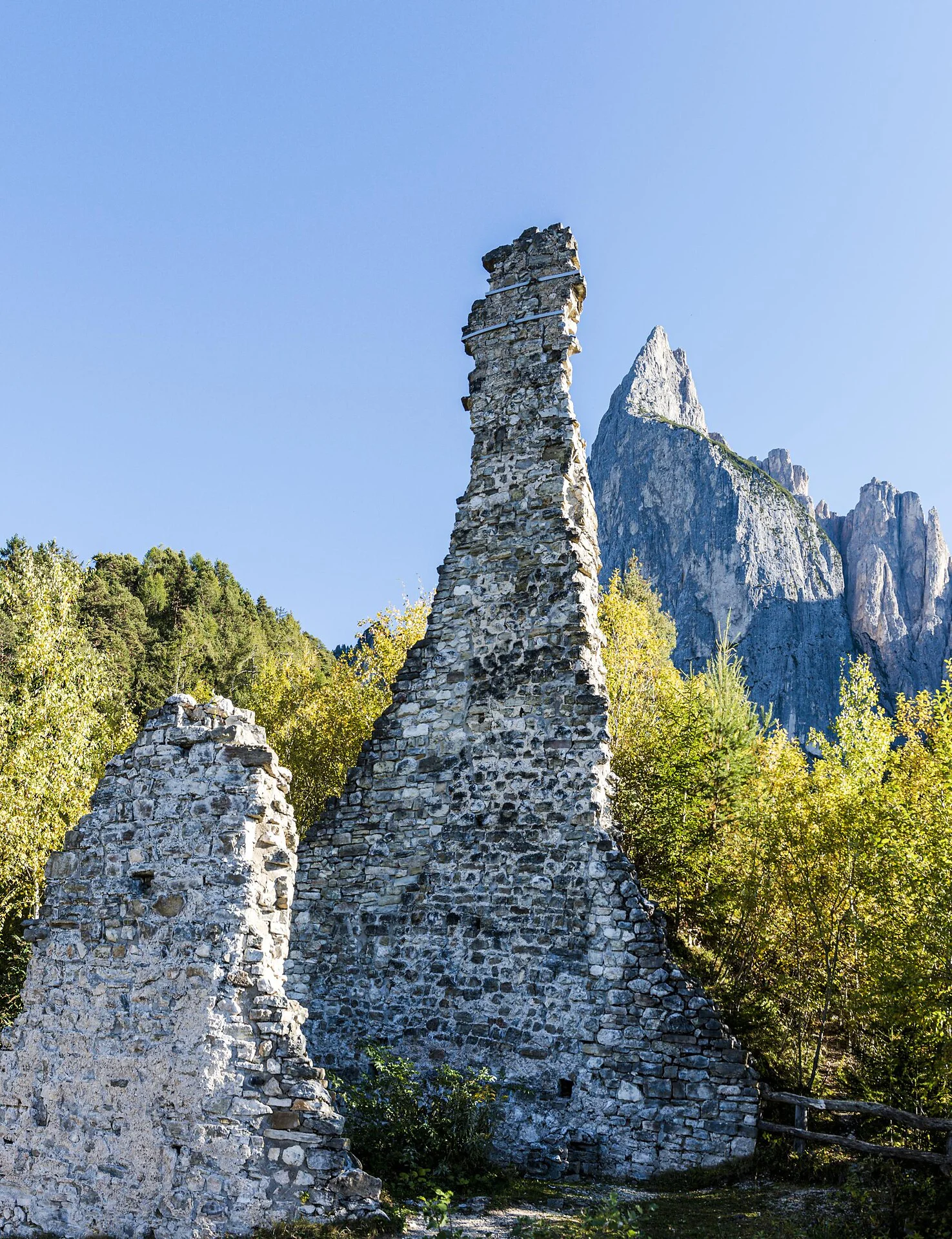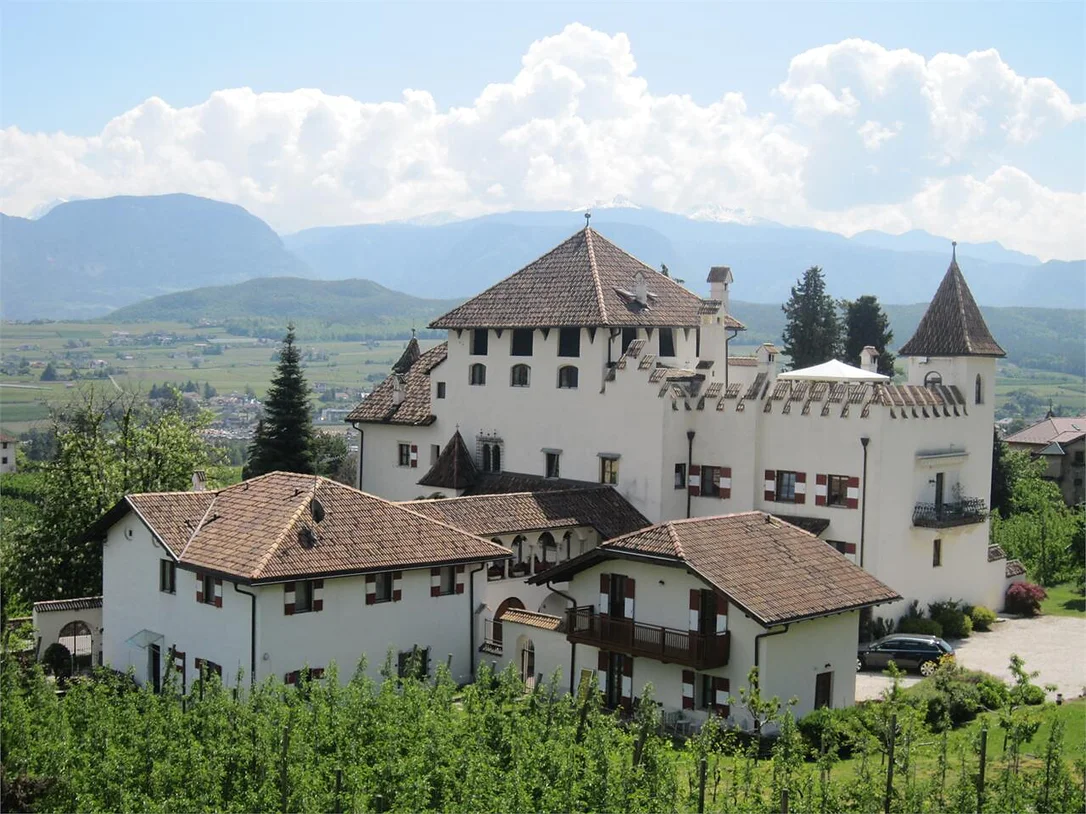An unique group of holy buildings is standing on Mount Calvary, also called Kofel/Colle at Kastelruth/Castelrotto. From the village a path leads among porphyry rocks and beautiful nature. Several chapels line the pilgrimage, which ends at the Roman tower. The seven chapels show pictures of Jesus and his mother, the Mount of Olives, the scourging, crowning with thorns and the handwashing and the Entombment. (Nice walk - 20 minutes)









































































